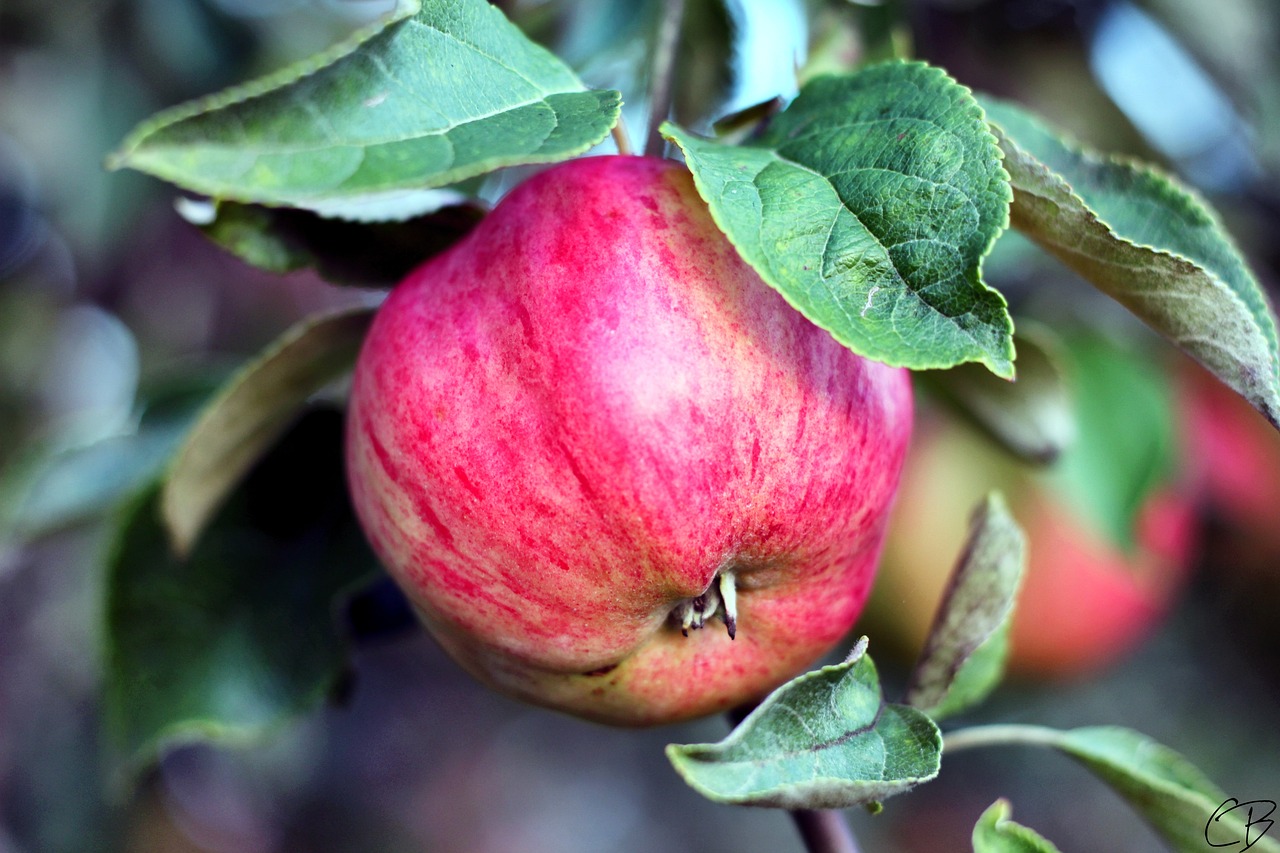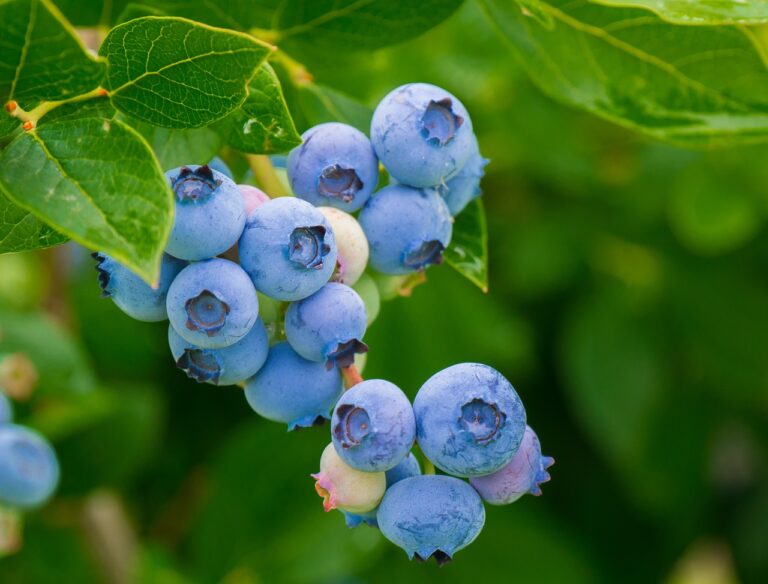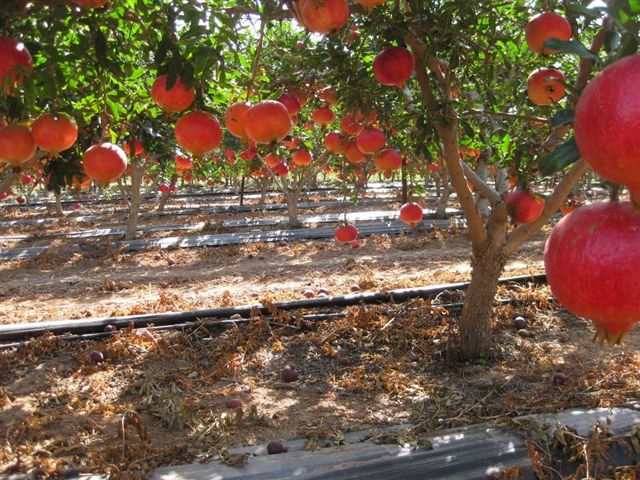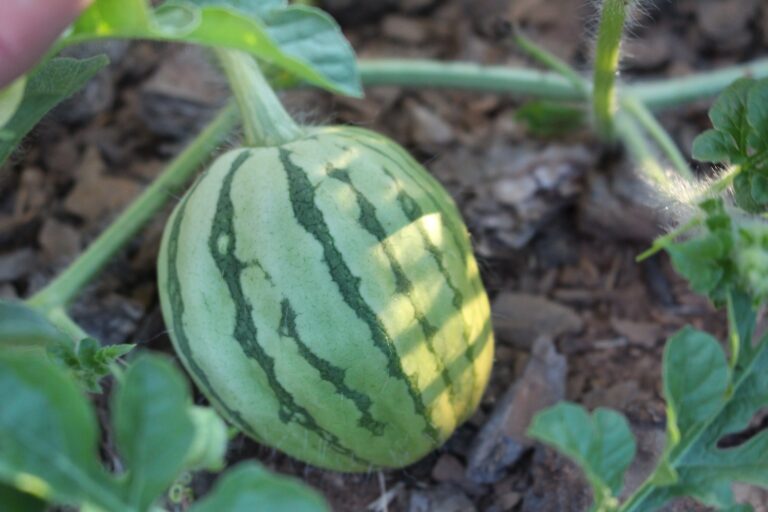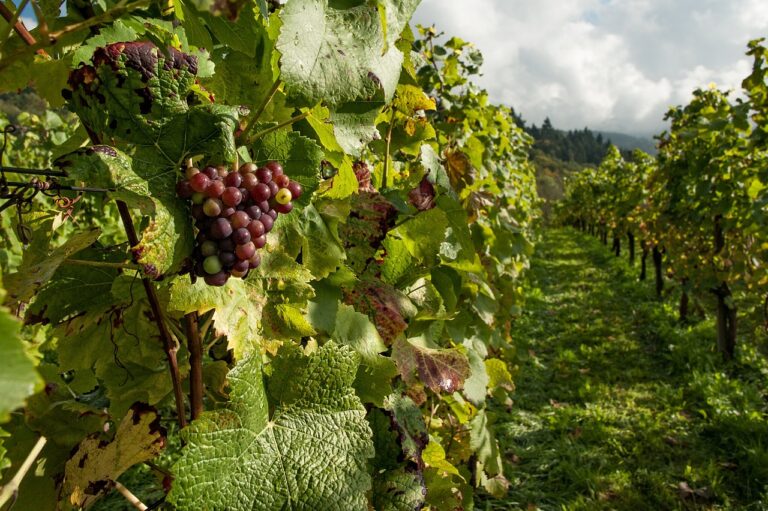Apple Farming in Kenya: Sweet Possibilities Explored.
Kenya is a country located in East Africa that is famous for its wildlife, beaches, and tea plantations. However, not many people know that Kenya has also started to explore apple farming as a potential source of income. Kenya’s climate is predominantly tropical and varies depending on the region.
With an average temperature of 25°C (77°F) throughout the year, it may seem unlikely that apples can grow here. In this article, we will discover if it’s possible for apples to thrive in Kenyan soil and weather conditions.
Contents
Brief Overview of Kenya’s Climate and Agricultural Industry
Kenya lies on the equator and experiences two rainy seasons; short rains from October to December and long rains from March to June. The coastal region experiences high humidity, while the highlands have cooler temperatures.
Agriculture accounts for about 25% of Kenya’s GDP and employs over 75% of the population. The main crops grown include maize, tea, coffee, sugarcane, vegetables, and fruits such as mangoes and avocados.
Explanation of the Potential for Apple Farming in Kenya
With its diverse geography, adequate rainfall patterns and fertile soils, Kenya has vast opportunities for agricultural production of different crops including apples. However apple production is still relatively new with only a few farmers specializing in cultivating commercial varieties such as Pink Lady or Royal Gala.The potential benefits associated with apple farming include job creation for local communities involved in growing or processing apples.This could also create opportunities for exports to neighboring countries like South Sudan,Ethiopia etc where there could be market demand given its proximity with Kenyan port city,i.e.Mombasa.Beyond revenues generated by trading in local or foreign markets ,fruit orchards typically improve soil health which can enhance food security by diversifying agro-ecosystems.
Climate Conditions for Apple Farming in Kenya
The Ideal Temperature and Rainfall Conditions for Apple Trees to Grow
The ideal temperature range for apple trees to grow is between 15°C and 30°C. The temperature should not drop below -2°C during winter, as this could damage the apple trees.
In terms of rainfall, apple trees typically require between 600mm to 1500mm annually, with a well-distributed pattern throughout the year. Apples thrive in areas with a distinct seasonal climate with warm summers and cold winters.
Comparison of Kenya’s Climate to That of Traditional Apple-Growing Regions
Kenya’s climate is vastly different from traditional apple-growing regions such as Europe or North America. While these regions have cooler temperatures and higher rainfall patterns, Kenya has a tropical climate with high temperatures all year round.
However, some regions in Kenya have similar conditions to those found in South Africa where apples are successfully grown on a commercial scale. While Kenya’s climate might not be the perfect match for apple farming, certain areas within the country have the potential for successful apple cultivation provided that proper irrigation systems are put in place.
Types of Apples That Can Grow in Kenya
Apples are known for their diverse varieties ranging from tart to sweet, and from green to red. However, not all types of apples can grow in Kenya’s tropical climate. Some varieties are better suited for the hot temperatures and moderate rainfall in this region.
Overview of Different Types of Apples and Their Characteristics
The most popular apple varieties worldwide include Gala, Granny Smith, Honeycrisp, Fuji, and Red Delicious. Each type has unique characteristics that make them stand out. For instance, Gala apples have a sweet flavor with a crisp texture while Honeycrisp apples have a juicy texture with a sweet-tart flavor.
Identification of Apple Varieties That Are Suitable for Kenyan Climate
In Kenya’s warm climate, some apple varieties that are suitable for farming include Anna apples and Golden Delicious apples. Anna apples are known to be heat tolerant and produce well in hot temperatures while Golden Delicious apples thrive well in high altitudes with moderate rainfall.
Farmers should also consider using rootstocks that are adapted to the local Kenyan environment. Some recommended rootstocks include Malling-Merton 106 (MM106) or Malling-Merton 111 (MM111).
These rootstocks ensure high yield production even under challenging conditions. Based on these factors, farmers can choose the best apple varieties that can grow well in their local area while considering the market demand for each variety.
Planting, Caring, and Harvesting Apples in Kenyan Soil
When it comes to planting apple trees in Kenya, the first step is to choose a suitable site that is well-drained and receives adequate sunlight. The ideal soil should be loamy with a pH range of 6.0 to 6.5.
To prepare the site for planting, clear the area of any weeds or debris and dig holes at least 1 meter apart. Once the holes are ready, add organic matter like compost or manure to the soil before placing the tree’s roots into the hole.
Caring for apple trees in Kenya requires regular pruning to remove dead or diseased branches and promote growth. Additionally, it’s important to water apple trees regularly during dry spells and provide fertilizers that are high in nitrogen during early spring.
The harvesting season for apples in Kenya usually begins around October and can last until December depending on various factors such as crop maturity levels or weather conditions. At this time, apples should be picked carefully by hand without causing any damage to the fruit.
Preventing Common Diseases or Pests from Damaging Apple Crops
Apple farming comes with some challenges such as pests and diseases that can impact crop yield if not dealt with promptly. One of the most common pests affecting apple crops in Kenya is fruit fly which can be controlled by using pheromone traps or applying insecticides when necessary. Another common disease affecting apple crops is powdery mildew which causes a white powdery coating on leaves and fruits leading to stunted growth or even death if left untreated.
To prevent this disease, farmers can apply fungicides before flowering or pruning affected parts of the tree. Overall, preventing diseases and pests requires proper management practices such as keeping orchards clean of fallen leaves or fruits that may harbor pathogens while also using certified planting materials from reputable nurseries.
Market Opportunities for Apple Farmers in Kenya
Analyzing the Demand for Apples Within Local Markets
Kenya has a growing middle class with an increasing purchasing power, which has resulted in a rise in demand for fresh fruits and vegetables including apples. Apples are seen as a healthy snack and are becoming increasingly popular with Kenyans who want to stay healthy.
Local markets provide apple farmers with great opportunities to sell their produce as demand is high, especially in urban areas. However, it’s important for farmers to understand their target market preferences so they can offer the right variety of apples that will sell quickly.
Discussing Export Opportunities within Neighboring Countries
Neighboring countries such as Tanzania, Uganda, and Rwanda have similar climatic conditions to Kenya that could support apple farming. These countries also have a growing middle class population who have developed an appetite for fresh fruits and vegetables including apples.
This presents an opportunity for Kenyan apple farmers to expand their market beyond the borders of Kenya by exporting their produce to these countries. The regional integration policies within East Africa also make it easier for businesses to trade within the region using common tariffs and regulations.
Apple farming presents great opportunities not only within local markets but also in neighboring countries where demand is increasing rapidly. It’s crucial that Kenyan apple farmers understand the market preferences of different regions so they can take advantage of these opportunities and grow their businesses beyond Kenyan borders.
Challenges Faced by Apple Farmers in Kenya
The Lack of Knowledge
One of the primary challenges faced by apple farmers in Kenya is the lack of knowledge about apple farming. Many Kenyan farmers do not have experience growing apples and thus may struggle with identifying the best varieties for their local climate, choosing appropriate planting and harvesting techniques, or preventing common pests and diseases that can damage their crops.
To address this challenge, Kenyan government agencies have begun offering educational resources such as workshops or training programs to help farmers better understand the nuances of apple farming. Additionally, experienced apple farmers can also provide mentorship opportunities to new growers to share their own insights on what works best in Kenyan soil.
The Capital Investment Required
Another hurdle that potential apple farmers in Kenya face is the significant capital investment required to start an orchard successfully. Purchasing resilient saplings or seeds for planting, installing irrigation systems, buying relevant equipment such as tractors, and meeting other start-up costs can be prohibitively expensive for many small-scale farmers.
However, some organizations are trying to mitigate this challenge by offering microcredit loans or grants specifically meant for starting apple farms. Additionally, partnerships with established companies could help minimize some upfront costs while still providing a reliable market outlet for locally grown apples.
The Infrastructure Challenge
Inadequate infrastructure such as poor transportation networks and limited access to marketplaces can make it difficult for apple farmers in Kenya to sell their produce at optimal prices. Farmers may need to travel long distances over less than ideal roads just to reach buyers who are willing to purchase their apples.
To overcome this obstacle requires collaboration between all parties involved: the government needs to invest in upgrading infrastructure such as roads while businesses must seek out ways of helping connect smaller scale farms with buyers across broader geographic areas. In addition, establishing farmer cooperatives may help enable collective bargaining power for apple farmers in Kenya to achieve better prices for their produce.
Conclusion
The Pros and Cons of Apple Farming in Kenya
Growing apples in Kenya comes with a range of potential benefits and challenges. On the positive side, Kenya has the ideal climate conditions to grow several types of apples. There is also an increasing demand for fresh fruits both locally and internationally, which creates market opportunities for farmers.
However, apple farming in Kenya also presents its fair share of challenges. Lack of knowledge about modern techniques can lead to low yields and poor quality produce.
In addition, capital investment can be a significant barrier to entry for small-scale farmers who wish to pursue this venture. Despite these challenges, it’s clear that there are great prospects for apple farming in Kenya.
With proper training, funding support, and access to markets, farmers could create sustainable businesses that benefit both themselves and their communities. By embracing this opportunity, we could see an exciting new era emerge for Kenyan agriculture – one that brings delicious new flavors to our tables while supporting our economy at the same time.

